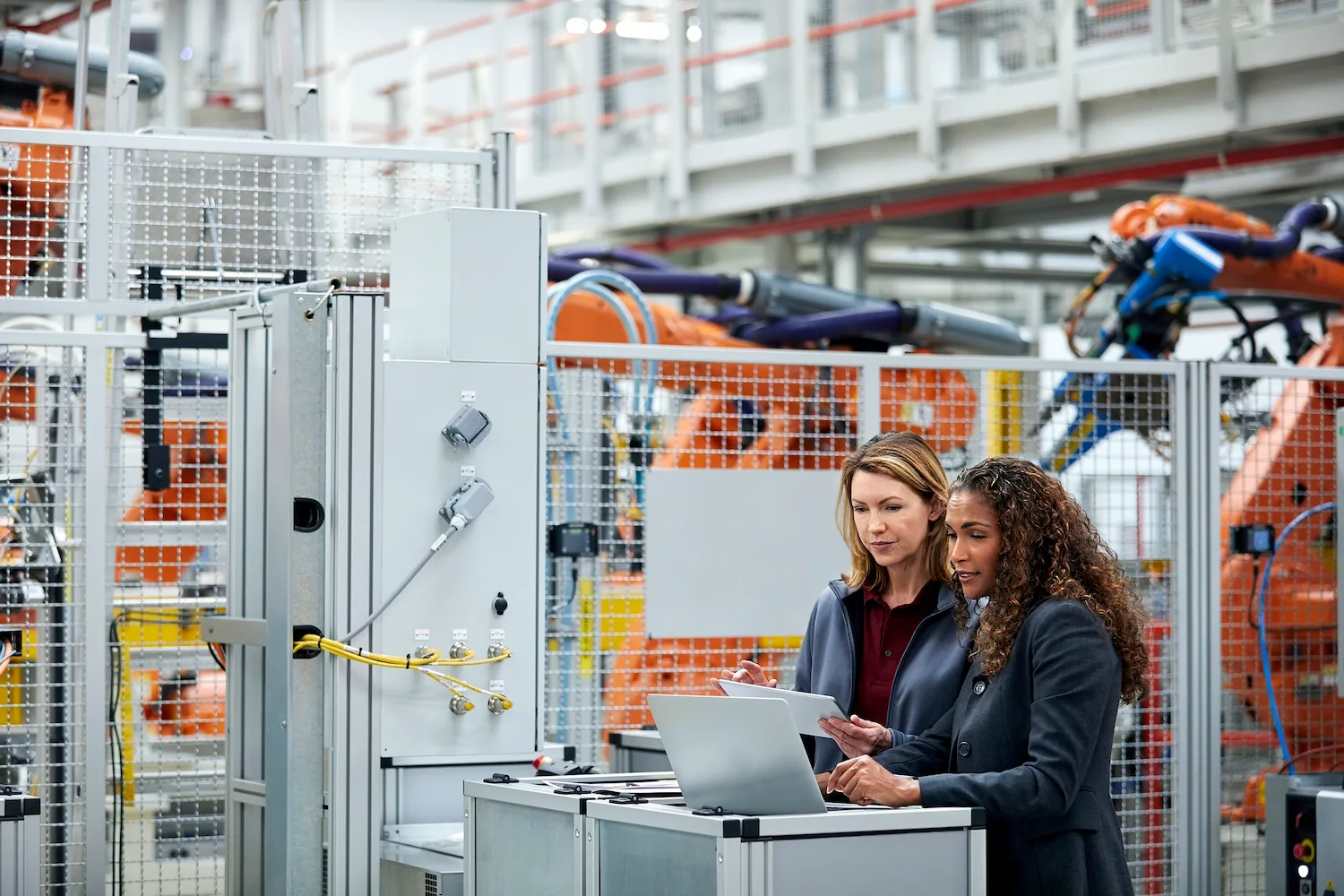One of the unintended consequences of the Covid-19 pandemic was a disruption to waste and recycling programs. The pandemic disrupted so much of our lives– schedules, school, work, childcare, but also increased plastic waste due to the use of protective gear in the healthcare industry. The impact on our environment was further exaggerated by fluctuating consumer demand, transportation delays, and supply chain staffing shortages. In the throes of a public health crisis most people didn’t give much thought to sustainability implications.
Unfortunately, excess waste production is not a new problem for manufacturers or our communities. As we get back to something close to normal, it’s a good time to remember the role sustainability should be playing in our day-to-day manufacturing operations and planning processes. The tools available to us today; make sustainability initiatives a practical reality.Looking back, I recognize I’ve been part of the problem when it comes to sustainability. Back in my early days of packaging, I remember throwing hundreds of defective boxes in a landfill – it’s what we all did and we didn’t give it a second thought. As a manufacturer, many of these problems were chalked up to “allowable waste.”
For those not familiar, allowable waste is an industry standard for how many mistakes are “acceptable” during the manufacturing process. Basically, an allowance for doing something wrong. Today, the idea of allowable waste makes us cringe, but it only takes a disruption like the pandemic to remind us how easy it is to fall back into old habits. Luckily, we are in a much better place to bounce back to a more sustainable approach. There are many layers to product and packaging sustainability that we better understand today. What something is made of, how it’s made, and how it’s transported all impact the sustainability of a product. Now, we have the power to easily get visibility into all three.
Three steps to packaging sustainability
1. Digitize – collect the right data across departments and suppliers
While many sustainability initiatives are staring us in the face, few are easy to execute upon because most companies aren’t managing the level of detail necessary when it comes to products and packaging. Specification Management can close the gap. When I first developed a better way to manage specifications, I didn’t set out to solve the sustainability problem, but it turns out this very data is the foundation for benchmarking and tracking the sustainability of products and packaging.If you don’t know what you’re making, how much of it you’re making, and how much people are consuming, then it’s impossible to understand sustainability.Specs enable companies to make and keep their sustainability commitments.
Recently, Gartner predicted 90% of public packaging sustainability commitments will not be met by 2025. That’s a staggering number, but companies don’t have to succumb to that fate. If you’re managing the DNA-level data, you can not only make progress toward your sustainability initiatives, but optimize your products, from cradle to grave, in order to make significant improvements.
2. Map – Create linkages between specifications to map materials to products
We see leading companies, in Food and Beverage, Consumer Packaged Goods, Beauty, and more, who are going all-in on sustainability. Like most manufacturers, these companies have very complex supply chains. In order to accurately track sustainability, they must map specifications from the “start to finish” of a product. This might include how their items are produced (raw materials, ingredients, formulas) and then disposed of, the amount of water usage in factories, or greenhouse gas emissions from their fleets.
We recently had several customers, including Bumble Bee Foods, present at Specification Management Summit about the complexity of their supply chains and mapping specifications to sustainability initiatives.
3. Operationalize – Define sustainability tracking and dashboards, workflows to go from insight to action
The biggest fallacy about sustainability is that it’s a one-time event or goal. In reality, it will continue to be an ongoing challenge – with standards, regulations, and changes constantly emerging.And as more innovation happens on the material side, our idea of what is sustainable will also change. Companies that properly manage specification data will be able to quickly innovate and take advantage of more sustainable materials as they emerge. They can also quickly respond when something goes wrong.
With today’s technology and a mind shift about what’s possible, we can reject the notion of allowable waste once and for all.
Explore More Blogs
Get Started
With Specright’s Solution Suite, you can digitize, centralize, and link your specification data to drive efficiencies, intelligence, traceability, and collaboration within your organization and across your supply chain network.




